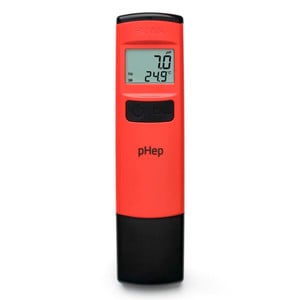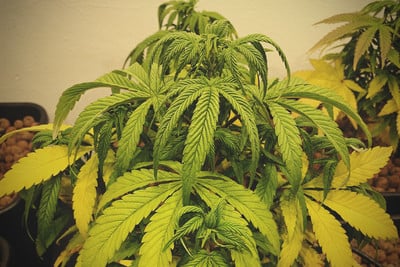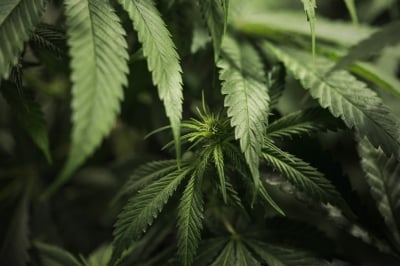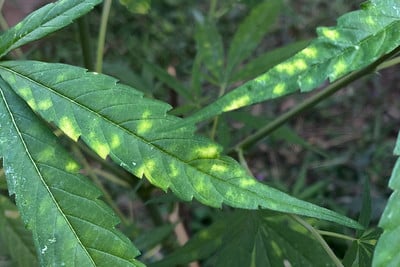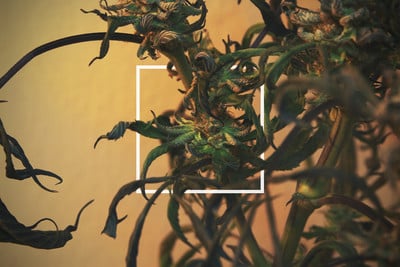Included FREE items

Yellow Cannabis Leaves
- Growing cannabis step by step
- Cannabis growing basics
- Choosing your seeds
- How to germinate seeds
- The cannabis vegetative stage
- The cannabis flowering stage
- Harvesting cannabis
- Trimming, drying, and curing
- Choosing pots and soil
-
Growing indoors
- A Complete Overview Of Growing Cannabis Indoors
- Cannabis Cultivation Tips: How To Set Up Indoor Grow Lights
- How Many Cannabis Plants Can You Grow Per Square Metre?
- Indoor Cannabis Growing: Relative Humidity and Temperatures
- Hydroponics Cannabis Growing Guide (with diagrams)
- Cannabis Micro Growing: Growing Great Weed in Tiny Spaces
- Growing outdoors
- How to grow autoflowering cannabis
- Cannabis nutrients and pH
- Cannabis troubleshooting: Nutrients
-
Cannabis troubleshooting: Growing
- Cannabis Seed Germination — Troubleshooting Guide
- How to Deal With Pythium (Root Rot) in Cannabis Plants
- Slow Cannabis Plant Growth And What You Can Do About It
- How to Prevent and Fix Stretching in Cannabis Seedlings
- Watering Your Cannabis: How To Fix Over And Underwatering
- Understanding Male, Female, And Hermaphrodite Cannabis
- Identifying and Treating Common Cannabis Ailments
- How To Revive a Sick Cannabis Plant
- How to Avoid Mouldy Weed During Drying and Curing
- How to Prevent and Treat Dry and Crispy Cannabis Leaves
- What Cannabis Leaves Can Tell You
- Yellow Cannabis Leaves
-
Cannabis Strains Grow Report
- HulkBerry Automatic Grow Report
- Blue Cheese Auto Grow Report
- Purple Punch Automatic Grow Report
- Triple G Automatic Grow Report
- Do-Si-Dos Automatic Grow Report
- Green Gelato Automatic Grow Report
- Haze Berry Automatic Grow Report
- Purple Queen Automatic Grow Report
- Cookies Gelato Automatic Grow Report
- Sherbet Queen Automatic Grow Report
- Sweet Skunk Automatic Grow Report
- Medusa F1 Grow Report
- Cannabis plant training
-
Weed growing tips
- The Cannabis Plant Anatomy
- How to preserve seeds
- How Much Sunlight Do Outdoor Cannabis Plants Need To Grow?
- How to Control and Prevent Stretching in Cannabis Plants
- How And When To Transplant Your Cannabis Plants
- My Cannabis Plants Are Growing Too Tall: What Should I Do?
- Should You Worry About Purple Or Red Cannabis Stems?
- What To Do When Your Indoor Cannabis Won’t Flower
- How To Protect Your Cannabis Plants From Heat Stress
- How To Tell If Your Female Cannabis Plant Has Been Pollinated
- Growing Medical Marijuana
- Bud Washing: How to Clean Your Weed
No grower wants to see yellow leaves. Withering plants in the grow op are a miserable sight. Unfortunately not every cannabis crop grows trouble free. This can be due to incalculable reasons. It can be anything from grower errors to invasive microorganisms. Of course, we cannot provide you with a surefire silver bullet solution for every potential cannabis plant malady. We’re cannabis writers, not clairvoyants.
But we certainly can help you. Specifically to correctly identify most of the common causes for yellow leaves. Moreover, we have included helpful tips to treat ailing plants. Plus simple pro tips and tricks. Any home grower can implement our advice to avoid cannabis plants' leaves turning yellow. Now let’s get into the specifics.
Contents:
ACCURATE DIAGNOSIS
The very first step is accurate diagnosis. What is the cause of the yellow leaves spoiling your cannabis plants? Chlorosis in ordinary decent grower terms means loss of chlorophyll. In order to effectively apply treatment, you must know what you’re dealing with. Don’t jump to conclusions. Don’t panic. The leaves on your cannabis plants are like biological solar panels. They are essential to photosynthesis.
Removing all the yellow leaves is not recommended surgery, especially for young plants.
Correct identification of the source of the problem and swift remedial action can restore marijuana.
Senescence is when plants will naturally yellow off and die. During the final weeks of flowering do not be alarmed. Leaf drop and yellowing always increases. Flushing plants with pure water or a flushing solution at the end of bloom will also rid the medium of residual nutrients and often causes leaves to yellow.
COMMON CAUSES OF YELLOW LEAVES
The following is not a definitive list of the causes for chlorosis. It is such a common symptom, that sick plants display, we could write a book, but not today. That being said, we have focused on the most common causes for yellow leaves based on first hand pro grower experiences. If you are presently troubleshooting for a solution to chlorosis, read the next few sections carefully. Your crop could be riding on it.
THE MOST COMMON GROWER ERRORS
UNDER/OVERWATERING
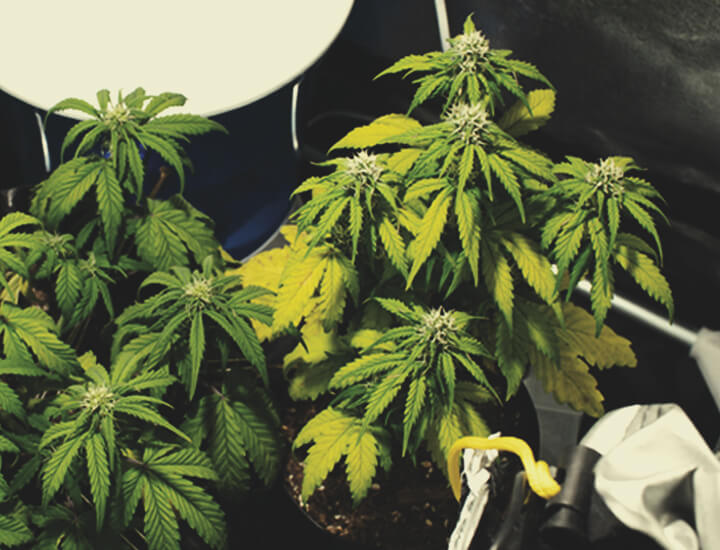
Cannabis plants will only thrive with an effective wet-dry cycle. This means you must water the right amount at the right time, with every watering. So what's the best way to tell if your marijuana is thirsty? Lift up the containers when they are dry. Then again after watering, so you will know the difference.
Perhaps it’s not possible to easily lift plants? Then you can purchase a humidity meter to insert into the pot. Hydro growers need to ensure pumps, air stones, reservoirs and timers are set up correctly from the start of the grow. Check twice, and then check again.
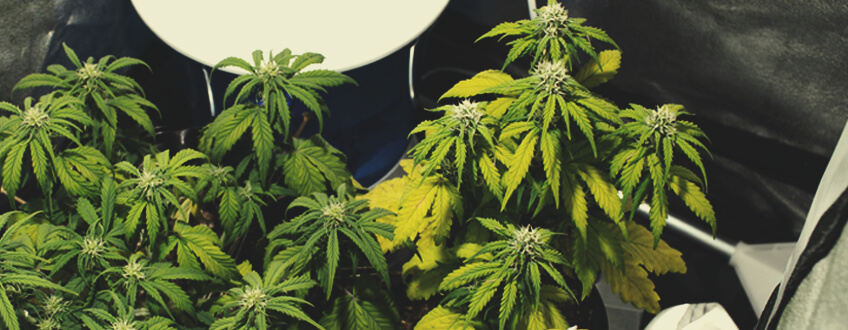
Treatment: Monitor the plant's post feeding behaviour closely. Use one of the measures above to more accurately gauge when to water to prevent recurrence. Too much water can lead to root rot. Too little water will stunt growth. Keep a grow diary if you must and try to get into a routine as the grow progresses.

Treatment: Monitor the plant's post feeding behaviour closely. Use one of the measures above to more accurately gauge when to water to prevent recurrence. Too much water can lead to root rot. Too little water will stunt growth. Keep a grow diary if you must and try to get into a routine as the grow progresses.
PH AND NUTRIENT LOCKOUT
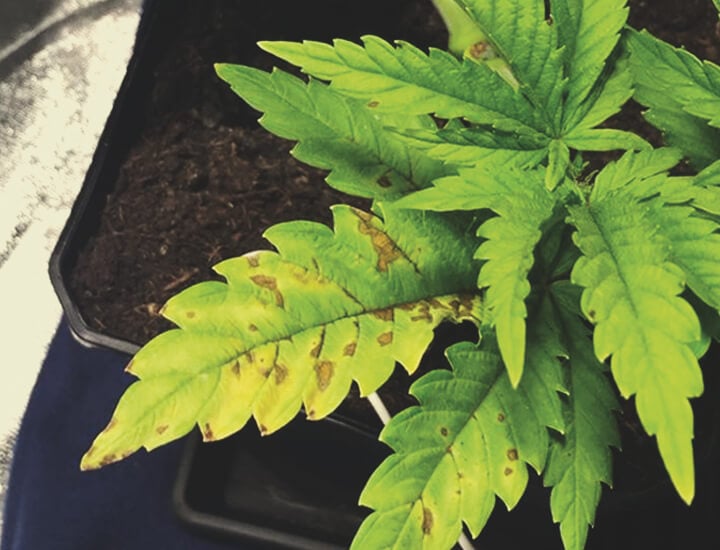
Soil growers have the advantage of cultivating in a medium, that acts as a buffer for roots. Hydroponics and coco are not quite as forgiving to pH imbalances. Even soil growers need to at least come close to getting the ideal pH of 6.0-7.0 and maintain it, otherwise plants will suffer. 5.5 to 6.5 pH is generally agreed upon as the recommended range for hydro and coco. Yellow leaves can be a warning sign, that you don’t have your nutes dialled in and the pH is off.
Essentially when the pH of your nutrient solution strays above or below the particular sweet spot for your substrate, it prevents complete absorption of all the elements of the solution. Roots are starved of certain nutrients and micronutrients as the incorrect pH causes a lockout.
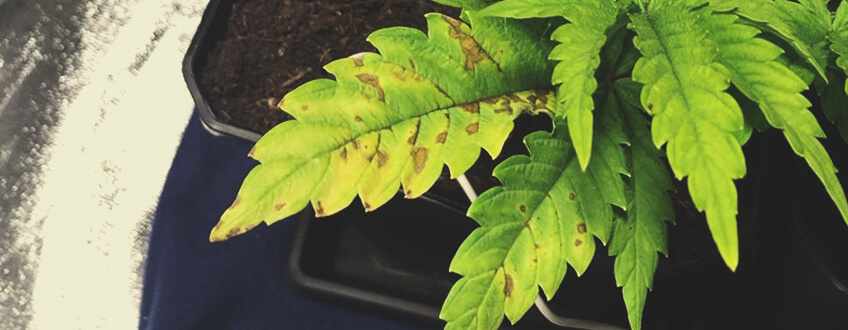
Treatment: Invest in a pH pen or cannabis fertilisers with pH-perfect solutions, that can auto adjust a wider pH range. Flush plants with pure water and then resume feeding with a light dialled in solution to suit your growing medium. Also, make sure that the base nutrients you use contain all of the essential microelements or you will have to add extra bottles of supplements to the budget.
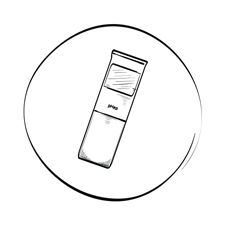
Treatment: Invest in a pH pen or cannabis fertilisers with pH-perfect solutions, that can auto adjust a wider pH range. Flush plants with pure water and then resume feeding with a light dialled in solution to suit your growing medium. Also, make sure that the base nutrients you use contain all of the essential microelements or you will have to add extra bottles of supplements to the budget.
OVER/UNDER-FERTILISATION
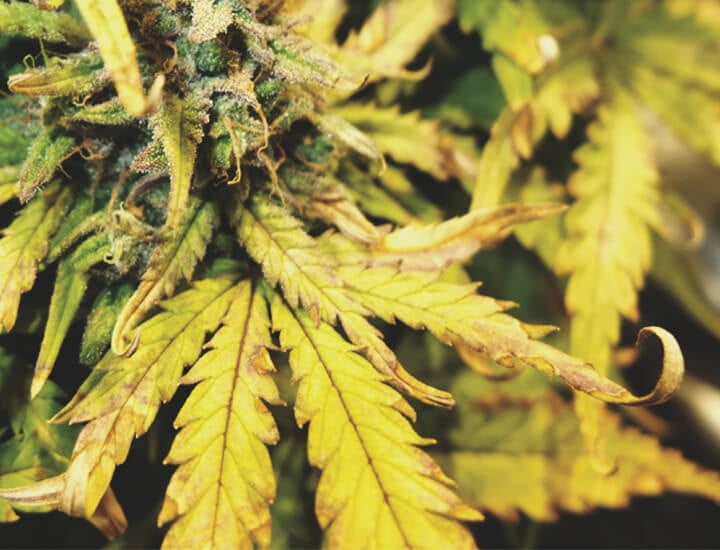
A lack of key nutrients will cause cannabis leaves to turn yellow and wilt. Nutrient deficiencies can interrupt cannabis growth and prevent plants from carrying out vital functions. Conversely, too many nutrients can cause nutrient burn, which also results in yellow leaves. Under-fertilisation causes leaves to turn from green to yellow and eventually collapse, whereas over-fertilisation causes leaves to become crunchy, vibrant yellow, and curly.
As a key macronutrient for cannabis plants, nitrogen deficiency or burn usually causes these symptoms. Nitrogen deficiency starts by yellowing the edges of leaves before working its way inwards. The central veins of each leaf remain dark green throughout this process. Nitrogen burn, on the other hand, gives rise to toxicity, which manifests as shiny leaves that are much darker green than usual.
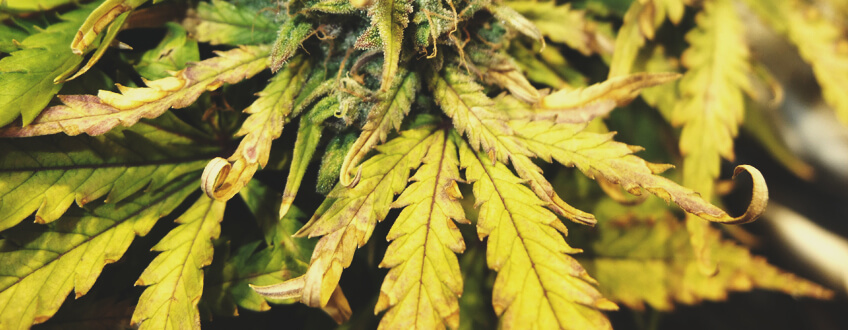
Treatment: When it comes to nutrient deficiencies, you’ll need to up your feeding regimen. Cautiously increase the amount you're feeding until symptoms are resolved. Organic seaweed fertiliser provides a broad spectrum of key nutrients that will help to rectify the condition. Follow the dosage instructions on the bottle.
In cases of over-fertilisation, hold back on feeding and flush the growing medium with pure water; continue feeding according to the instructions on your chosen product.
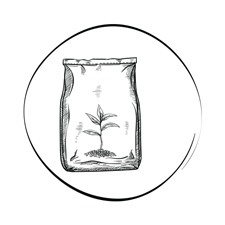
Treatment: When it comes to nutrient deficiencies, you’ll need to up your feeding regimen. Cautiously increase the amount you're feeding until symptoms are resolved. Organic seaweed fertiliser provides a broad spectrum of key nutrients that will help to rectify the condition. Follow the dosage instructions on the bottle.
In cases of over-fertilisation, hold back on feeding and flush the growing medium with pure water; continue feeding according to the instructions on your chosen product.
LIGHT BURNS AND DEFICIENCIES
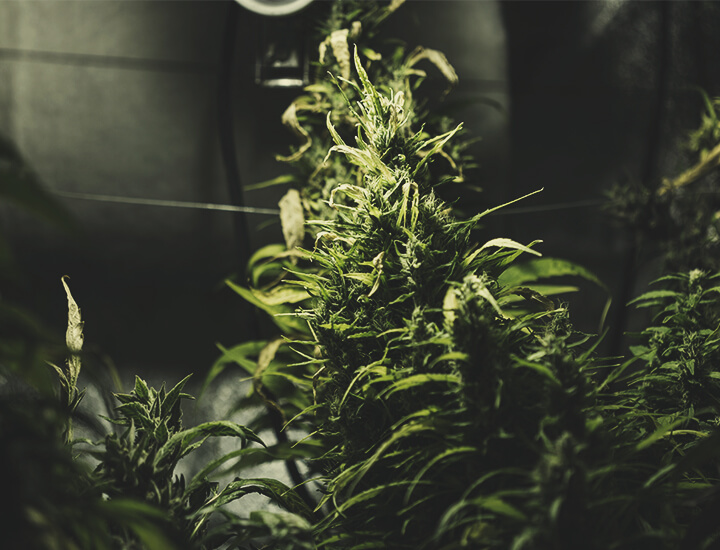
Indoor cannabis plants grown under artificial lights must be perfectly positioned and lamps must be in just the right distance above the canopy for best results. When lamps and reflectors are too close to the flowering tops, buds and leaves will be yellow and brown as the light is too intense. This is very much a top down problem.
In contrast, too little light is usually a problem, that is most evident from the bottom up. Light deficiency causes shaded leaves or leaves too far below the light penetration capability of the lamp to yellow and drop off.
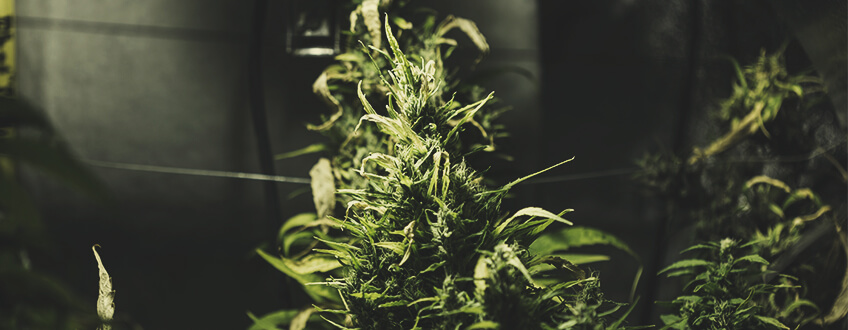
Treatment: Make sure to hang your grow lights as per the manufacturer’s instructions. Adjust as plants progress and use a tape measure for precision. These days there are so many new grow light technologies on the market with their own nuances, you really must stick with the manufacturer’s guidelines to position the light in the sweet spot.
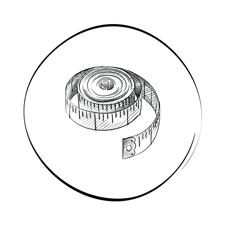
Treatment: Make sure to hang your grow lights as per the manufacturer’s instructions. Adjust as plants progress and use a tape measure for precision. These days there are so many new grow light technologies on the market with their own nuances, you really must stick with the manufacturer’s guidelines to position the light in the sweet spot.
FORCES OF NATURE
COLD WEATHER
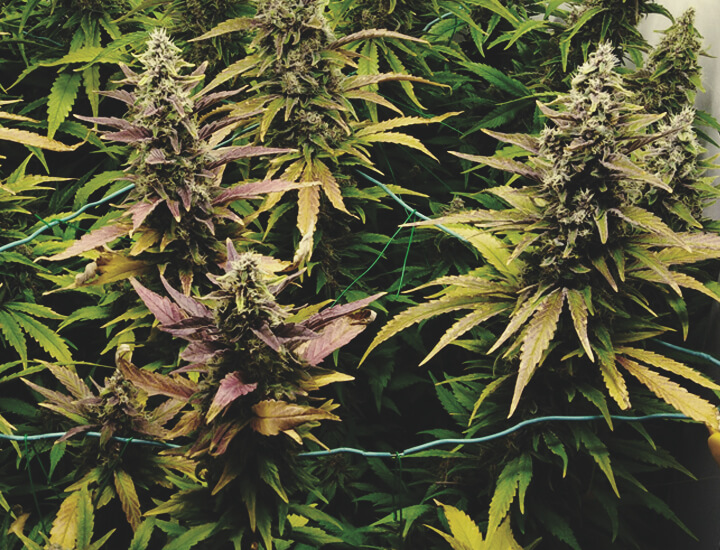
Temperatures below 10°C will cause the leaves of the majority of cannabis leaves to yellow. Some will even take on purple and bluish tones. Sure, this is a fantastic bonus in the final phase of bloom with some strains, but to be avoided early in the grow.
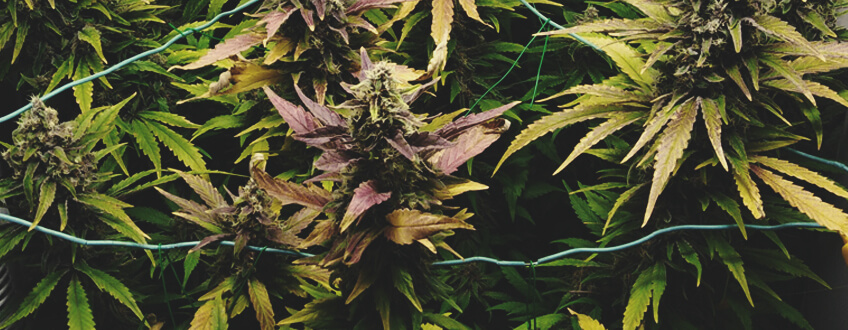
Treatment: Indoors simply turn up the heat or add more lights to the grow op and turn a negative into a bumper harvest. Outdoor growers might need to take plants inside at nighttime or at least invest in a basic DIY greenhouse.
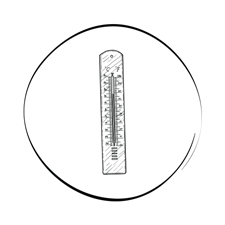
Treatment: Indoors simply turn up the heat or add more lights to the grow op and turn a negative into a bumper harvest. Outdoor growers might need to take plants inside at nighttime or at least invest in a basic DIY greenhouse.
HEAT WAVES
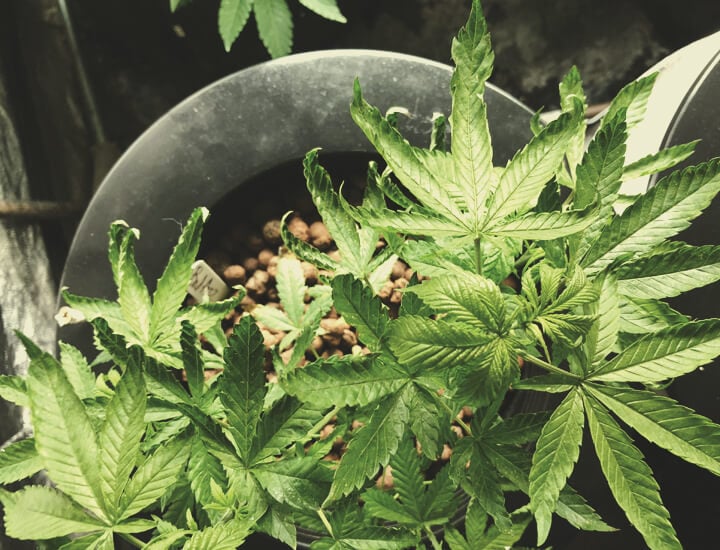
Heat waves can cause cannabis plants leaves to yellow and dry out indoors and outdoors. Temperatures above 28°C prevent cannabis plants from efficiently photosynthesising and cause buds to form more loosely and airy.
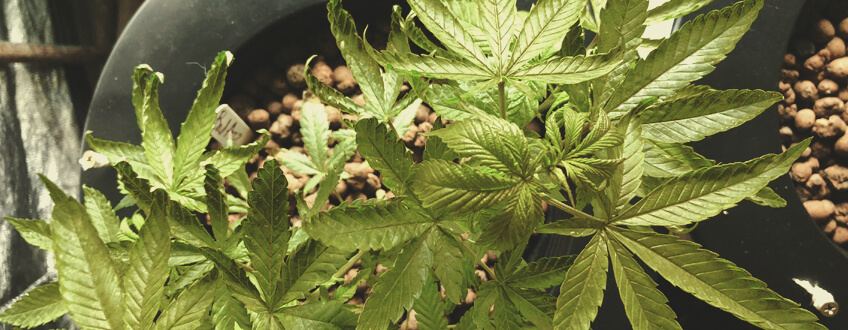
Treatment: Indoor growers need to turn up the air conditioning and ensure intake and outtake fans are powerful enough for the size of the grow room. Again, we strongly advise consulting the fan manufacturer’s website for performance specifications. Outdoors the best growers can do is construct a simple shade and hope the heatwave is short-lived.
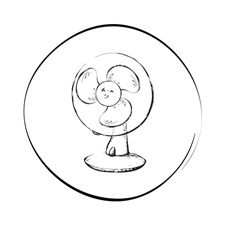
Treatment: Indoor growers need to turn up the air conditioning and ensure intake and outtake fans are powerful enough for the size of the grow room. Again, we strongly advise consulting the fan manufacturer’s website for performance specifications. Outdoors the best growers can do is construct a simple shade and hope the heatwave is short-lived.
PESTS AND PLAGUES
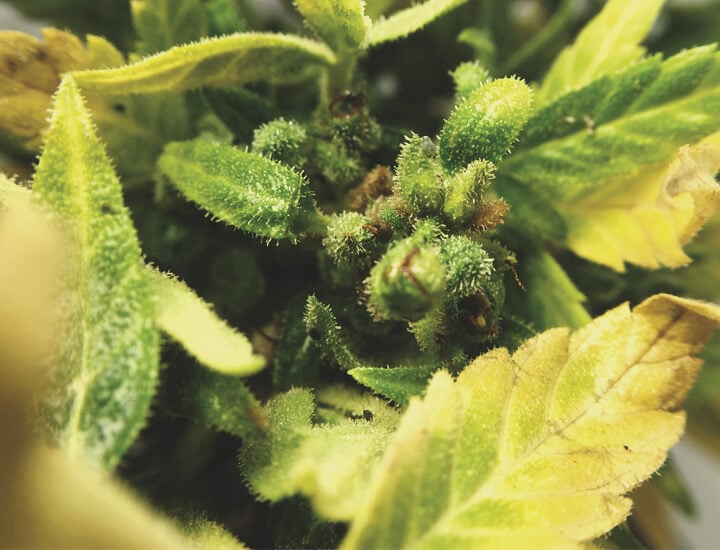
Humans aren’t the only life form with a love for cannabis. Many other creatures—large and microscopic—love to chow down on the herb. Fungal pathogens and nematodes often assault the roots, whereas thrips and fungus gnats have developed a taste for succulent weed leaves. Larger animals also take interest in the herb's earthy tastes, from roaming deer to household pets.
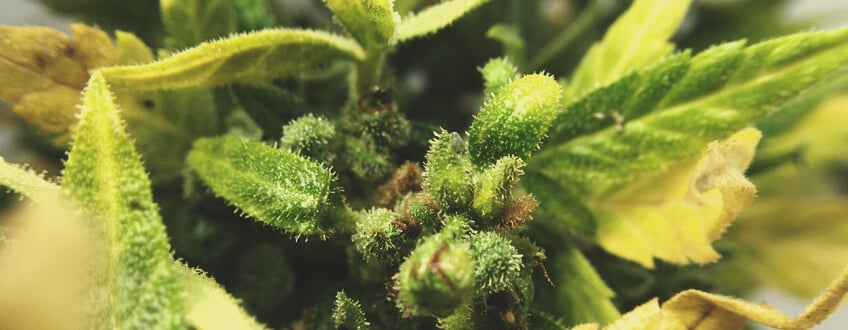
Treatment: Growers need to make sure they do everything possible to protect their crop from pests and disease. Because so many different species underpin this problem, you’ll need to take a multi-pronged approach. First of all, add mycorrhizal fungi to your soil to defend against fungal diseases and other critters that attack roots.
To defend against above-ground insects, introduce predatory species into your garden and cultivate companion plants that repel these pests. Erect fences and mesh netting to stop deer, birds, and pets from having their way with your weed plants. If your insect problem spirals out of control and you start to come across eggs, apply a foliar spray of neem oil to clean up your crop.

Treatment: Growers need to make sure they do everything possible to protect their crop from pests and disease. Because so many different species underpin this problem, you’ll need to take a multi-pronged approach. First of all, add mycorrhizal fungi to your soil to defend against fungal diseases and other critters that attack roots.
To defend against above-ground insects, introduce predatory species into your garden and cultivate companion plants that repel these pests. Erect fences and mesh netting to stop deer, birds, and pets from having their way with your weed plants. If your insect problem spirals out of control and you start to come across eggs, apply a foliar spray of neem oil to clean up your crop.
LEAF SEPTORIA
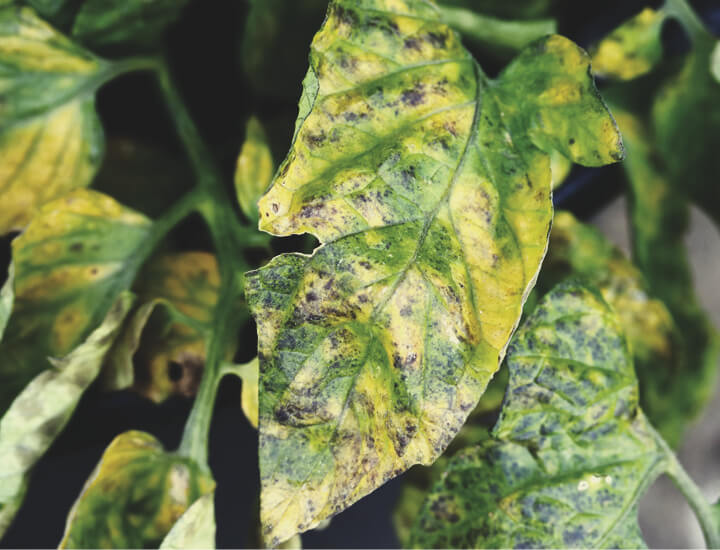
As a prolific fungal disease, leaf septoria often leads to yellow cannabis leaves. This pathogen strikes the leaves of several plant species—cannabis, tomatoes, parsley—where it first presents as black spots. As the disease spreads, these spots swiftly spread from leaf to leaf and cause brown spots, yellowing, and wilting.
Leaf septoria usually ramps up during the early flowering phase. Left untreated, the pathogen can destroy a large amount of foliage. Because cannabis plants depend on their fan leaves to fuel growth and create energy, excess damage can lead to stunted growth and reduced harvests.
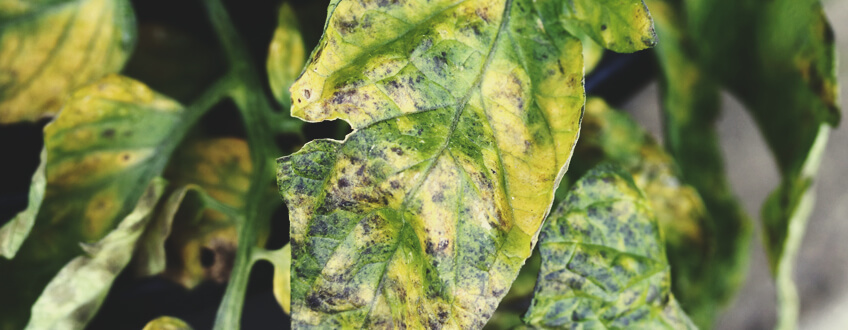
Treatment: First things first, you’ll need to remove the infected foliage. Clean your pruning scissors and carefully cut away any leaves that display signs of leaf septoria. Removing infected fan leaves will help to prevent the spread, but finishing the treatment with a dose of neem oil foliar spray will help to take out any non-visible traces of the pathogen.
After treating your plants, you should tweak a few environmental factors to prevent leaf septoria from returning. Start by improving air circulation around infected plants. Add fans to your growing room and instal a dehumidifier if your growing space tends to become extremely moist. Outdoors, move your containers to slightly higher ground to expose plants to the wind.
Clean up the base of your plants. Remove any dead foliage that might be carrying spores and add a fresh layer of mulch to prevent spores from making their way into the soil.
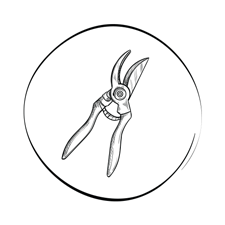
Treatment: First things first, you’ll need to remove the infected foliage. Clean your pruning scissors and carefully cut away any leaves that display signs of leaf septoria. Removing infected fan leaves will help to prevent the spread, but finishing the treatment with a dose of neem oil foliar spray will help to take out any non-visible traces of the pathogen.
After treating your plants, you should tweak a few environmental factors to prevent leaf septoria from returning. Start by improving air circulation around infected plants. Add fans to your growing room and instal a dehumidifier if your growing space tends to become extremely moist. Outdoors, move your containers to slightly higher ground to expose plants to the wind.
Clean up the base of your plants. Remove any dead foliage that might be carrying spores and add a fresh layer of mulch to prevent spores from making their way into the soil.
ROOT ROT
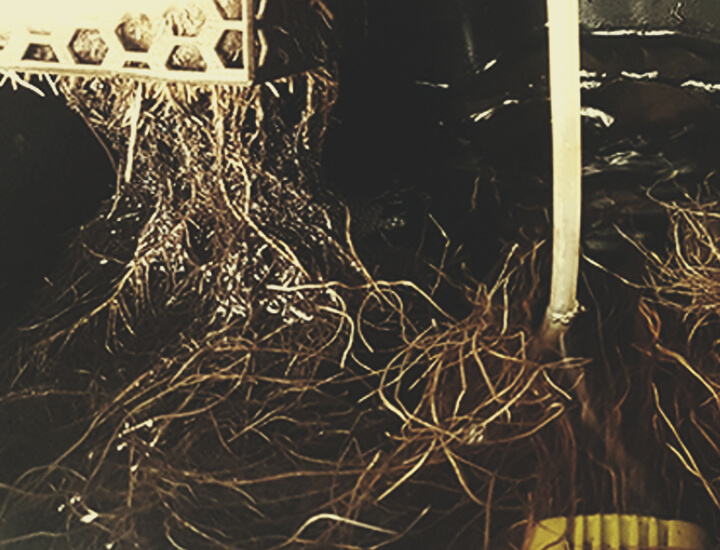
Yellow leaves are a key sign of root rot, a microbial condition that attacks the root system of plants. When the growing medium becomes too damp from excessive moisture and overwatering, it becomes a breeding ground for fungi, bacteria, and algae. Any of these organisms can begin to attack the roots in these conditions and cause them to start rotting. This leads to yellowing leaves, brown and slimy roots, leaf drop, and an overall droopy and withered look.
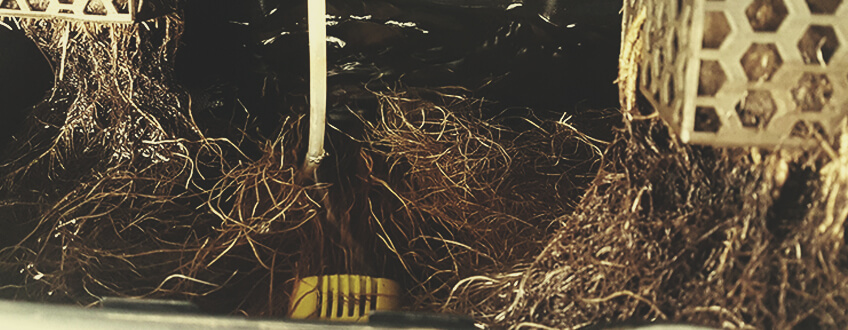
Treatment: There are several ways to combat root rot once it sets in. Start by introducing beneficial microbes, such as mycorrhizal fungi, into the soil to fight the bad guys. Next, you’ll want to take a look at your watering schedule. Hold back on watering and only apply more once the top inch of soil becomes completely dry.
Consider transplanting affected specimens into fabric pots or Air-Pots to increase aeration and boost drainage. Add a heavy dusting of mycorrhizal fungi to the growing medium mid-way through the transplant for best results.
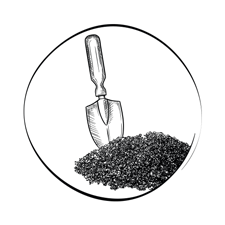
Treatment: There are several ways to combat root rot once it sets in. Start by introducing beneficial microbes, such as mycorrhizal fungi, into the soil to fight the bad guys. Next, you’ll want to take a look at your watering schedule. Hold back on watering and only apply more once the top inch of soil becomes completely dry.
Consider transplanting affected specimens into fabric pots or Air-Pots to increase aeration and boost drainage. Add a heavy dusting of mycorrhizal fungi to the growing medium mid-way through the transplant for best results.
WHEN NOT TO WORRY ABOUT YELLOW LEAVES
Sometimes, growers don’t need to worry about yellow leaves. At times, they are merely a natural part of the growing cycle. Cannabis plants often shed older fan leaves (especially at the end of their life), which turn yellow before falling to the ground.
During the flowering phase, plants divert most of their energy towards the flowers, which also tends to cause slight yellowing of the leaves.
Flushing towards the end of the flowering phase will also cause leaves to turn yellow and autumn from their branches. This intentional restriction of nutrients makes cannabis flowers taste so much better.


























